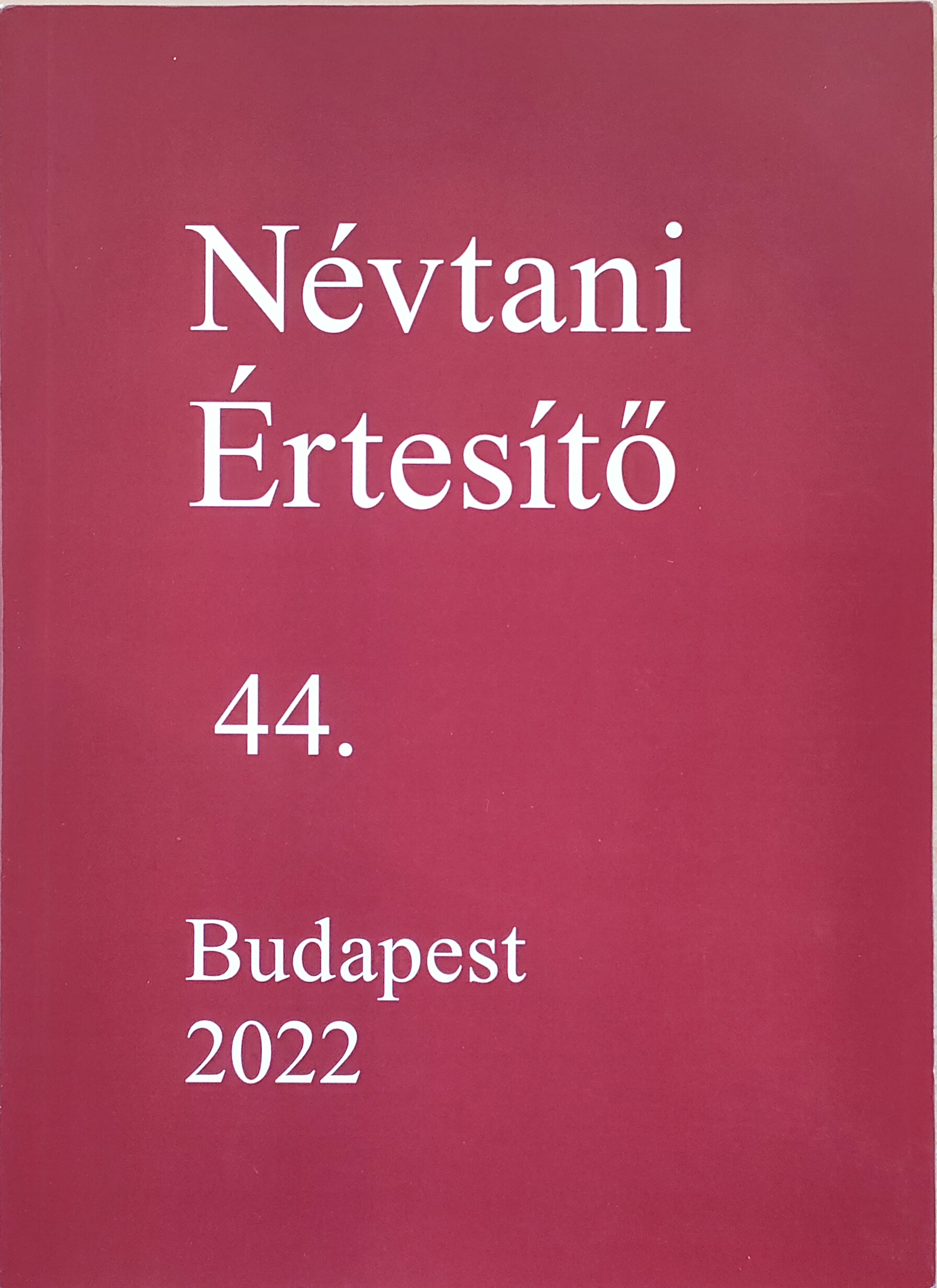Beregi kenéznevek a 17. század első feléből
Knez (‘Village Elder’) Names in Bereg County from the First Half of the 17th Century
Author(s): Zsolt SebestyénSubject(s): Language studies
Published by: Eötvös Loránd Tudományegyetem
Keywords: settlement names; surnames; knez; village foundation; Kenéz; Bereg county; Subcarpathia; urbaria as sources; historical onomastics
Summary/Abstract: Among the essential sources of name studies of Bereg County, one can mention the urbaria (registers of fief ownership) and censuses made in the Estate of Munkács (today: Mukachevo, Ukraine) in the 17th century. One of the most critical eras in the history of Bereg County is the period between the second half of the 16th century and the middle of the 17th century: the settlement network of the county was established basically in these decades. Knezes, the founders and leaders of the newly established villages, played an essential role in populating the uninhabited areas. By examining three urbaria covering more than half a century (1613–1645), the author presents the two-fold onomastic relations between the names of the knezes and those of the villages they founded. In addition to the urbaria, settlement names preserved the knezes' memory. However, not only were the settlements named after their leading knezes, but knezes also often took the name of the villages they led. As a result, several knez families bore surnames derived from a settlement name at the beginning of the 17th century. The position of knez was hereditary, leading to the surname Kenéz (the Hungarian version of knez) becoming a relatively common surname. Examining these naming practices gives us a unique insight into the peculiarity of place and personal names in former Bereg County.
Journal: Névtani Értesítő
- Issue Year: 44/2022
- Issue No: 1
- Page Range: 25-33
- Page Count: 9
- Language: Hungarian

